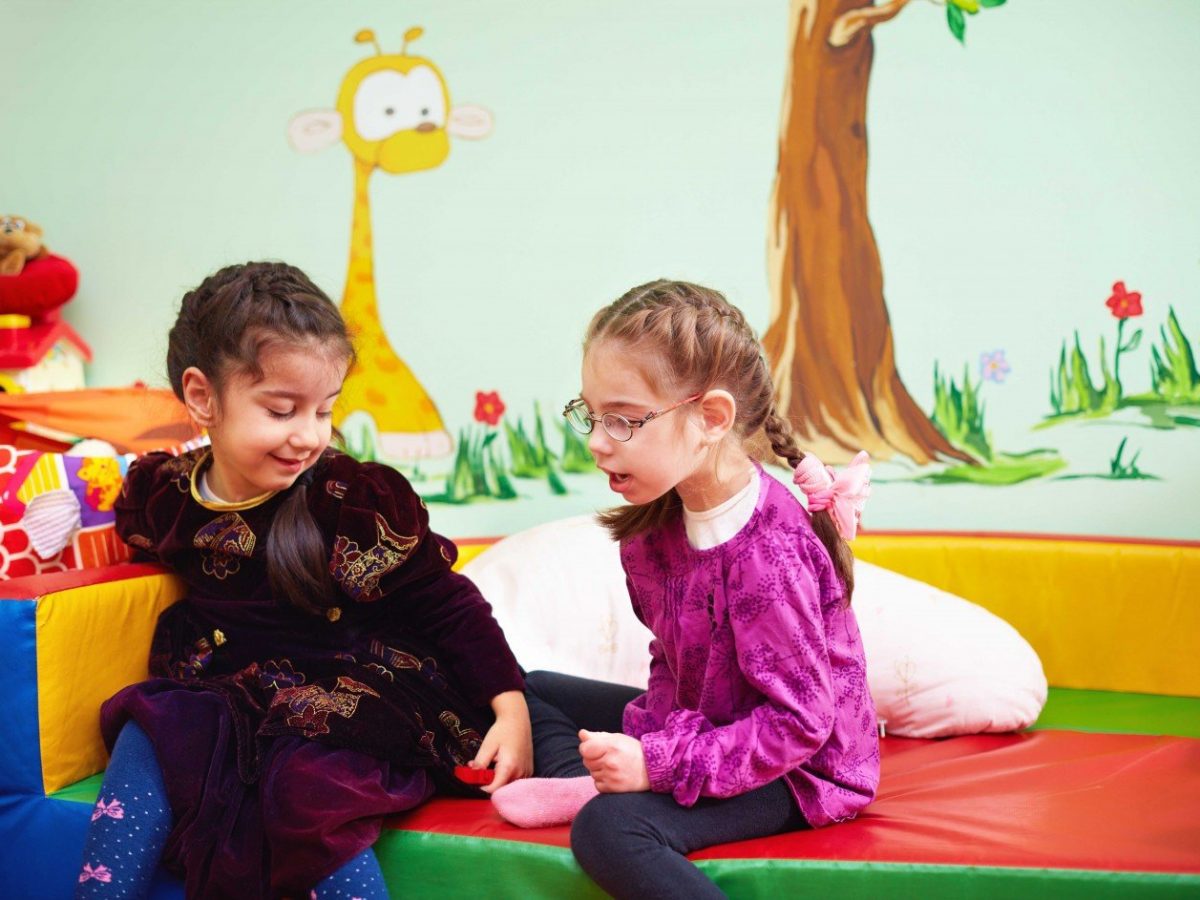Setting Up the Environment
The International Classification of Functioning, Disability, and Health for Children and Youth (ICF-CY) posits that disability occurs when a person’s impairment interacts with their environment (Colver et al., 2012).
- With this understanding, environmental barriers could exacerbate disability and access barriers, while environmental adaptations have the power to decrease disability itself.
- Thus, discrepancies in participation between students with OI and their typically developing peers can, in part, be attributed to environmental barriers.
Educators must arrange their classroom environments to ensure optimal participation for students with OI.
Universal Design

Spaces for people with OI should follow the design principles of the Universal Design (UD), which is the idea that spaces should be made to be accessible to all people (Frattari, Dalpra, & Bernardi, 2011).
Similar to the Universal Design for Learning (UDL), UD helps to increase the participation of people with disabilities in their physical and social environments, and minimizes the need for environmental adaptations (Steinfeld & Maisel, 2012).
- UDL expanded on the idea of UD to include adapting materials and curriculum for students with all abilities, to allow all students to participate in the general curriculum (Griful-Freixenet, Struyven, Vantieghem, Gheyssens, 2019).
Although UD is not a replacement for assistive technology, it can make the use of this technology easier with the appropriate supports, for users of assistive technology.
Under the principles of UD, spaces for students with OI should be created to ensure equitable use, flexible access in accordance with differing physical abilities, simple and intuitive to use, the ability to minimize adverse effects of accidents (such as falling or tripping), minimal motoric effort, and they are large enough to use with mobility aids (2012).
Materials, equipment, and features of the environment should be accessible for students to explore independently.

Consider the design of this classroom for older students. There is sufficient space for students to maneuver mobility devices, a rug where students can sit positioned on the floor, and desktops that can accommodate wheelchairs.
An effective classroom learning environment should be able to host a number of different instructional activities, student groupings, and physical arrangement throughout the day (Soto & Zangari, 2009).

Consider setting up spaces that allow for students to explore their environment in different positions, such as laying down on a mat or mat table, in a wheelchair, or when using a stander or pacer.
Although UD reduces the need for environmental adaptations, students with OI that have a multitude of access barriers may require adaptations to their environment.
Environmental adaptations can be made using communication aids, special equipment, or via positioning, which will be discussed in further detail below.

Although originally designed for students with cortical visual impairment (CVI), little rooms can be useful for children with limited mobility. A little room contains materials and toys that students can explore independently, with very little movement required. Include toys/materials that have different textures, make sounds, and are engaging. Remember to swap toys/materials frequently! Click here for information on how to select materials.

Similar to little rooms, mobiles provide a means for students with limited mobility to explore materials independently. Click here for a link on how to construct mobiles using PVC pipe.

Tabletop Mobiles can help students to explore materials/toys independently. Click here for a link on how to construct tabletop mobiles using wood or PVC pipes.

Position boards can be hung on a wall, or placed on the floor or a wheelchair/stander tray. Position boards allow students to explore materials independently. Click here for a link on how to make a position board, and click here for information on how to select materials.

Activity walls provide an additional means for children to explore materials/toys. Click here for information how how to construct an activity wall.
Educators may also want to challenge students to work on physical or communication goals by leaving reinforcing objects just out of reach (https://cpresource.org/topic/early-intervention/creating-best-environment-your-child).
When setting up spaces for students with OI consider:
- Can students explore materials independently?
- Can students explore feautures of the environment independently?
- Can students effectively maneuver through the classroom using mobility devices?
- Should some materials be put just out of reach, to encourage physical activity or communication?
